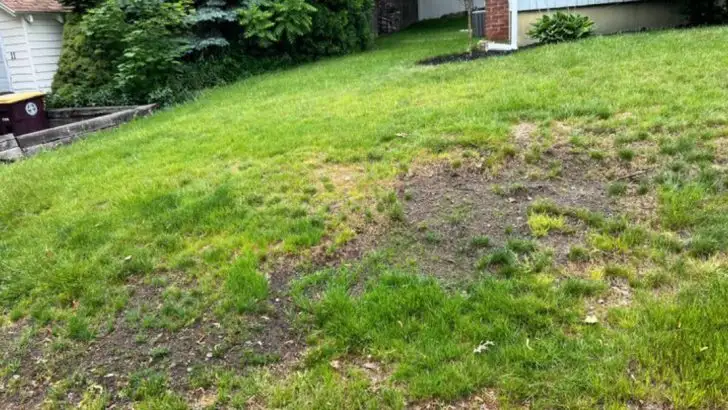Many gardeners struggle with achieving a healthy, vibrant lawn, and often the cause of their frustration can be traced back to simple mistakes. Whether it’s improper watering or mowing too short, these errors can lead to patchy grass, weeds, and a lack of overall vitality. Understanding the common lawn care mistakes and how to avoid them is essential for creating the lush, green yard you’ve always dreamed of.
Overwatering and underfeeding are two of the most frequent mistakes, leaving your lawn more vulnerable to pests and disease. In addition, neglecting seasonal adjustments can leave your lawn unprepared for temperature changes, affecting growth. By identifying these errors and making small but effective adjustments, you can ensure your lawn receives the care it needs to thrive year-round.
Overwatering
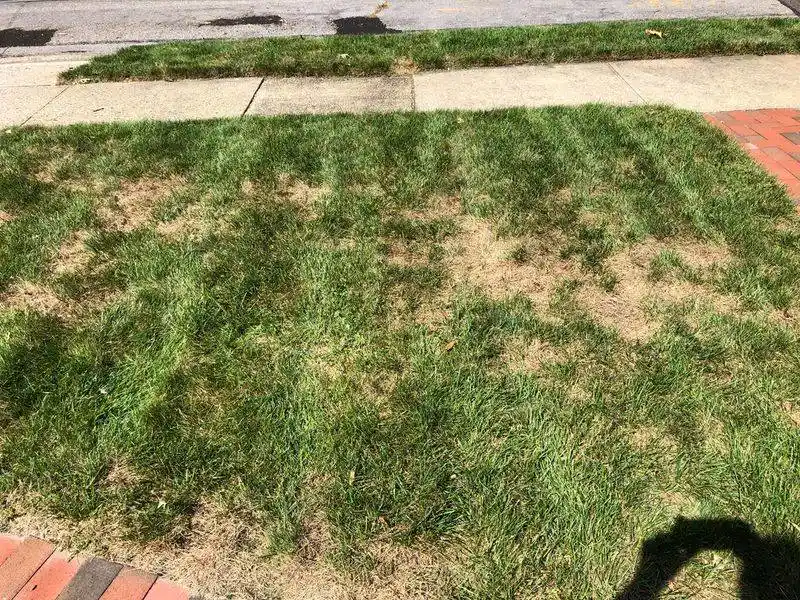
Lawn overwatering is a prevalent mistake that can lead to many problems, including root rot and fungal growth. Excessive moisture suffocates grass roots, preventing them from absorbing essential nutrients. This often results in weak, yellow patches that are unsightly and unhealthy.
Instead, water your lawn deeply but infrequently to encourage roots to grow deeper and stronger. Pay attention to the specific needs of your grass type and local climate conditions for optimal results.
A practical approach involves checking the soil moisture with a screwdriver or similar tool. If it penetrates easily, postpone watering.
Ignoring Soil Quality
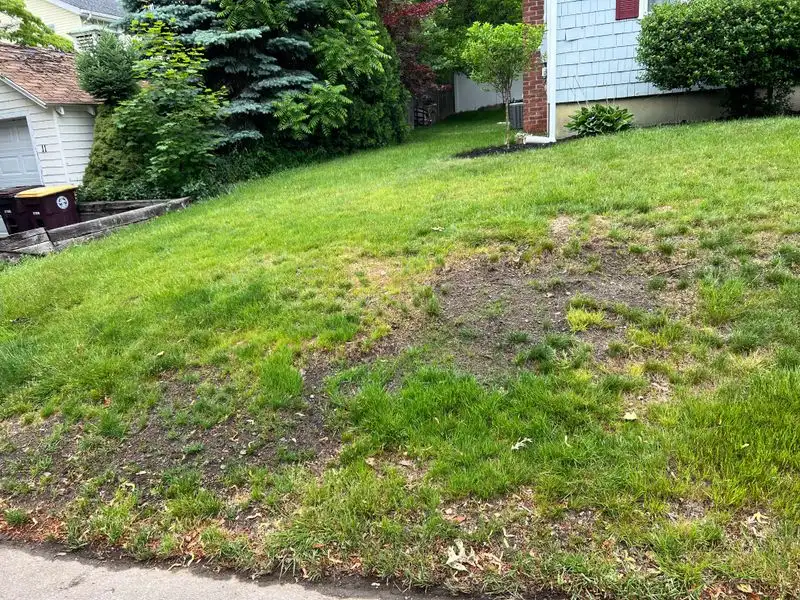
Healthy grass begins with healthy soil. Many gardeners neglect to test or amend their soil, leading to nutrient deficiencies and poor grass growth. Testing soil pH and nutrient levels can reveal imbalances affecting your lawn’s vitality.
Amending the soil with the right fertilizers and organic matter creates an optimal growing environment. Regular soil testing allows for timely adjustments and improvements, promoting robust grass development.
Understanding your soil’s current state helps in selecting appropriate grass types and care strategies, ensuring a thriving lawn that stands up to environmental challenges.
Mowing Too Short
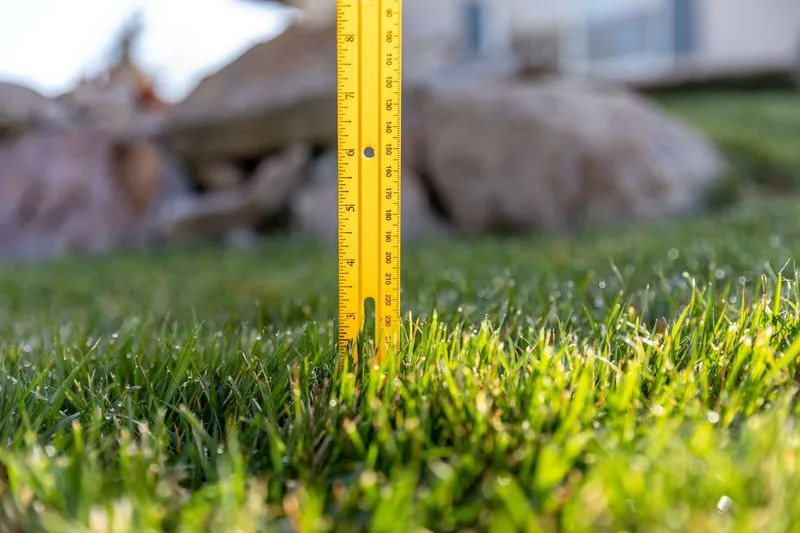
Cutting grass too short might seem like a time-saver, but it can be detrimental. Short grass blades have less surface area for photosynthesis, weakening the plant overall. This practice can also expose the soil to excessive sunlight, making it prone to drying out.
Instead, adhere to the one-third rule: never cut more than one-third of the grass blade at a time. This encourages stronger growth and a healthier lawn.
Adjust your mower height according to the grass type and season, as optimal lengths vary and affect the lawn’s resilience.
Using Dull Mower Blades
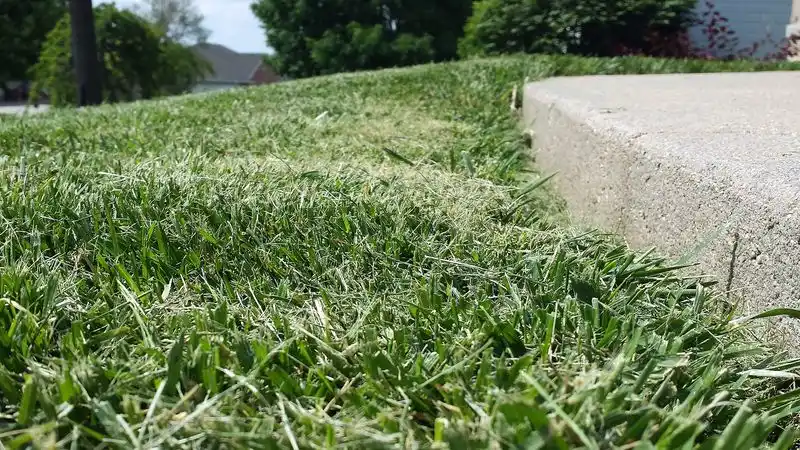
Mowing with dull blades tears grass instead of cutting it, making the lawn susceptible to disease and stress. Torn grass blades turn brown and frayed, diminishing your lawn’s aesthetic appeal.
Sharpen mower blades regularly to ensure clean, precise cuts. This practice not only enhances grass health but also makes mowing more efficient.
Regularly inspect your mower’s condition, particularly after periods of heavy use. Investing time in maintaining equipment pays off by reducing lawn stress and promoting a vibrant, healthy appearance.
Skipping Aeration
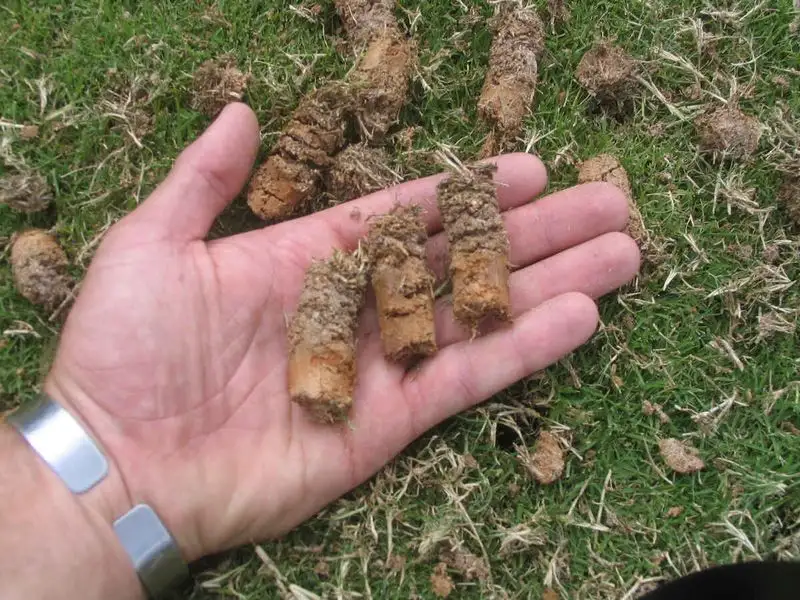
Aeration is essential for a thriving lawn, yet it’s a step often overlooked. Compacted soil restricts air, water, and nutrient flow to grass roots, hindering growth. This can lead to water runoff and a lifeless appearance.
Aerating the lawn loosens compacted soil, allowing roots to breathe and absorb nutrients effectively. Conduct aeration annually, using tools suited to your lawn size and type.
Consider aerating in the fall or spring when grass is actively growing. It’s a valuable investment in maintaining a lush, healthy lawn over time.
Fertilizing Incorrectly
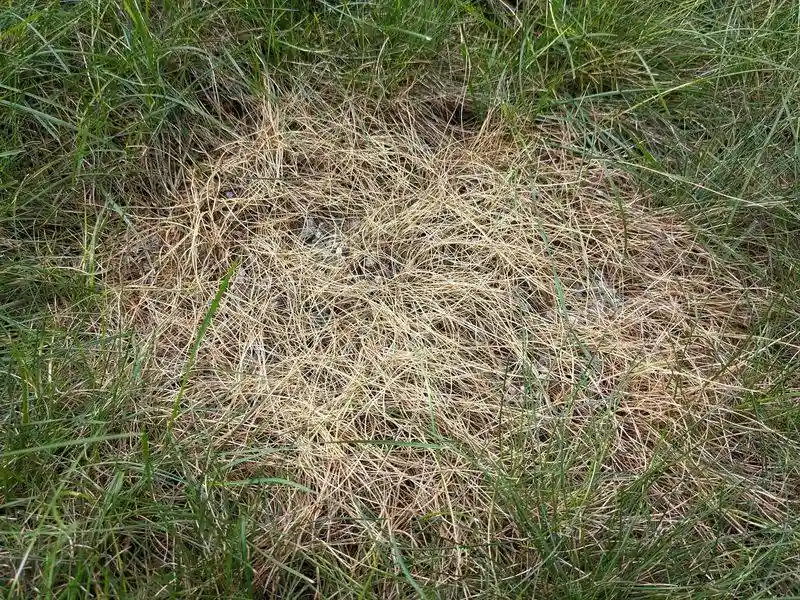
Fertilizing without understanding your lawn’s needs can cause more harm than good. Over-fertilization leads to chemical burns, while under-fertilization results in poor growth. Balancing nutrients is crucial for a hearty lawn.
Study your grass type and local soil conditions to determine appropriate fertilizer types and schedules. Avoid applying fertilizers before heavy rain, as it can wash away nutrients.
Opt for slow-release fertilizers to provide consistent nourishment over time. This careful approach ensures your lawn receives the right amount of nutrients for sustained health.
Inconsistent Mowing Schedule
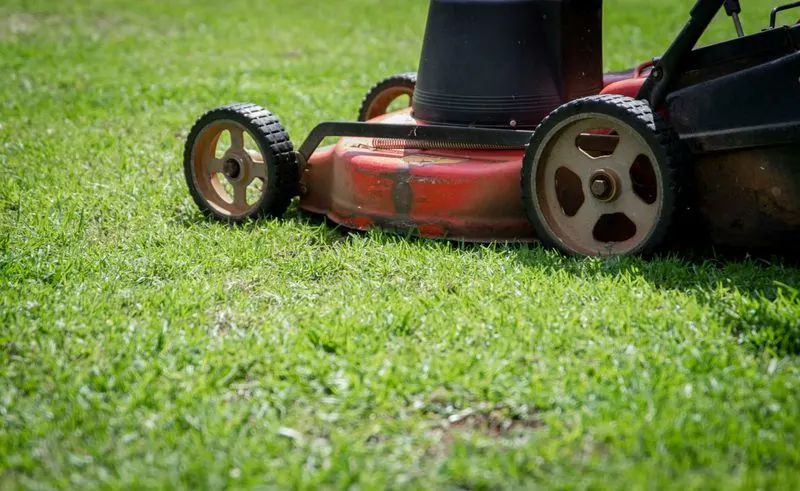
An erratic mowing schedule can wreak havoc on lawn health. Allowing grass to grow excessively tall and cutting it back drastically stresses the plants, disrupting their growth cycle.
Establish a regular mowing routine tailored to the growing season and grass type. Consistency helps maintain optimal grass height and prevents overgrowth.
Regular mowing not only enhances your lawn’s appearance but also encourages thicker, more resilient grass. Pay attention to weather patterns and adjust your schedule to accommodate periods of rapid growth.
Neglecting Weed Control
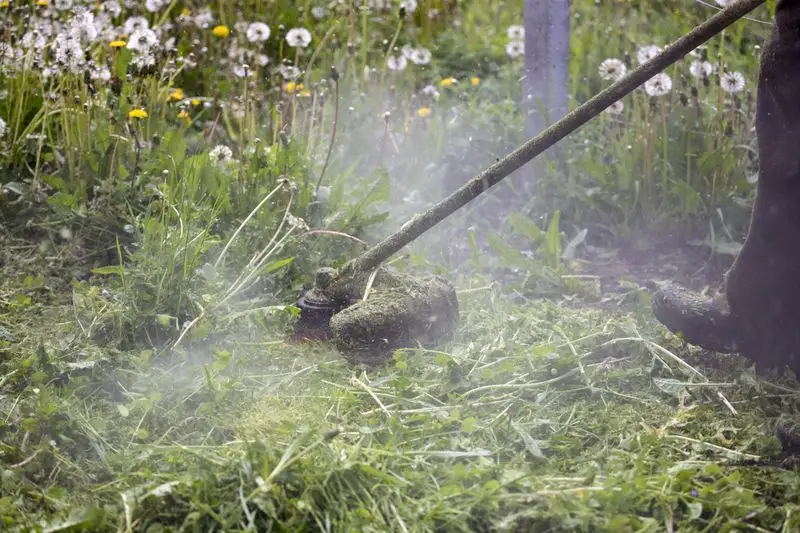
Weeds compete fiercely with grass for nutrients, water, and sunlight, impeding lawn health. Many gardeners underestimate the importance of timely weed control, allowing these intruders to take hold.
Implement a proactive weed management strategy, combining manual removal with targeted herbicide use. Regular inspections and early intervention prevent weeds from spreading and dominating your lawn.
Prioritize maintaining thick, healthy grass, which naturally suppresses weed growth. An integrated approach ensures a beautiful, weed-free space that thrives.
Overlooking Seasonal Changes

Each season brings unique challenges and opportunities for lawn care. Ignoring these changes can lead to stress and poor grass performance.
Adapt your lawn care practices to align with seasonal requirements, such as adjusting mowing height and watering frequency. Understanding the seasonal growth patterns of your grass type is essential.
Prepare for transitions between seasons by planning ahead. This foresight supports a resilient lawn that flourishes year-round, despite varying environmental conditions.
Improper Watering Techniques
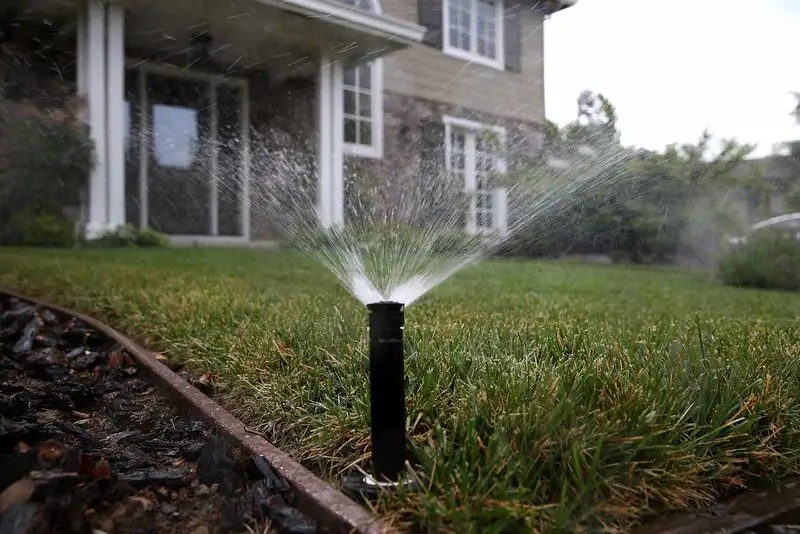
Watering efficiently is key to a healthy lawn, yet improper techniques are common. Watering at the wrong time or using inefficient methods can lead to wasted water and unsatisfactory results.
Early morning watering is ideal, allowing time for absorption before the sun evaporates moisture. Adjust sprinkler systems to ensure even coverage and prevent runoff.
Regularly assess your watering strategy and make necessary adjustments. A mindful approach to irrigation supports strong root development and a vibrant lawn.
Ignoring Pest Problems
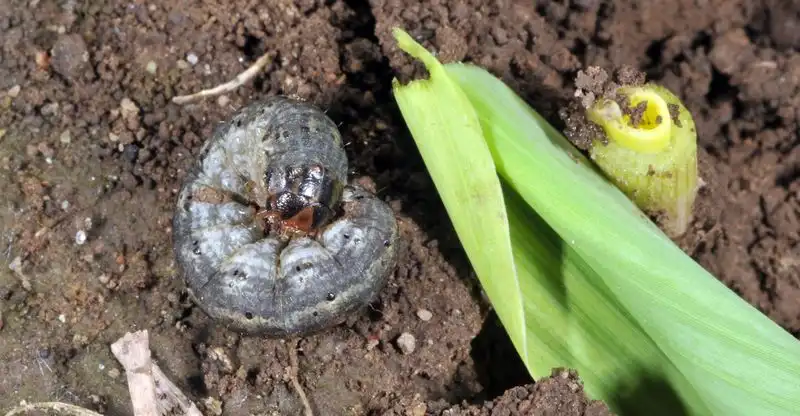
Pests can wreak havoc on a lawn if left unchecked. Ignoring signs of pest activity leads to dead grass patches and widespread damage.
Regularly inspect your lawn for indications of pest presence, such as uneven growth or discolored patches. Implement preventive measures and natural pest control methods to minimize harm.
An integrated pest management strategy ensures your lawn stays vibrant and resilient against infestations. Stay vigilant to maintain a healthy outdoor environment free from destructive pests.
Improper Seeding

Seeding is a fundamental aspect of lawn care, yet improper techniques hinder grass establishment. Uneven seeding leads to patchy lawns and weak growth, affecting overall appearance.
Prepare the soil thoroughly before seeding, ensuring good seed-to-soil contact. Follow recommended seeding rates and techniques for your grass type to achieve uniform coverage.
Proper aftercare, including regular watering and mowing, encourages seed germination and healthy growth. Attention to seeding methods lays the foundation for a dense, even lawn.
Failing to Remove Thatch
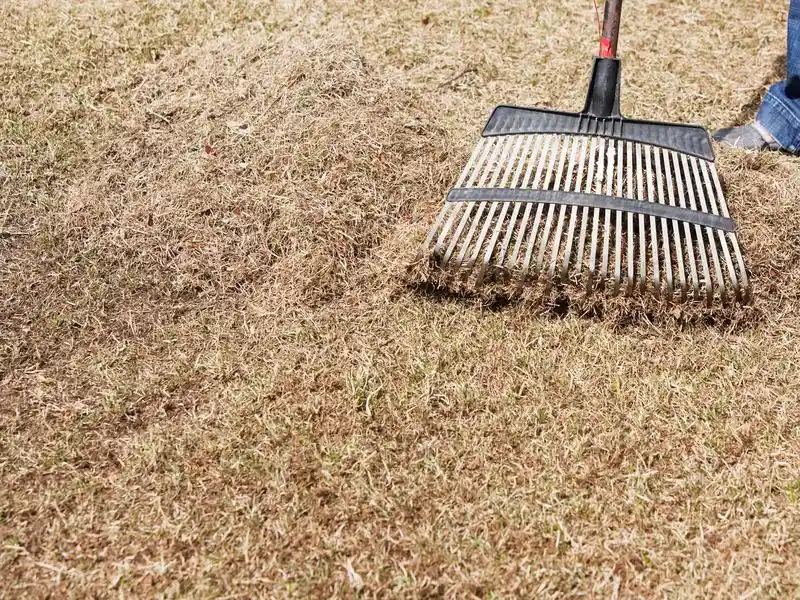
Thatch is a layer of dead grass and roots that accumulates on lawns, often unnoticed. Excessive thatch buildup suffocates grass, leading to poor water and nutrient absorption.
Regular dethatching removes this barrier, allowing the lawn to breathe and access essential resources. This practice is particularly important for grasses prone to thatch accumulation.
Conduct dethatching during periods of active growth for best results. Maintaining a thatch-free lawn promotes vigorous growth and enhances overall health.
Ignoring Shade Tolerance
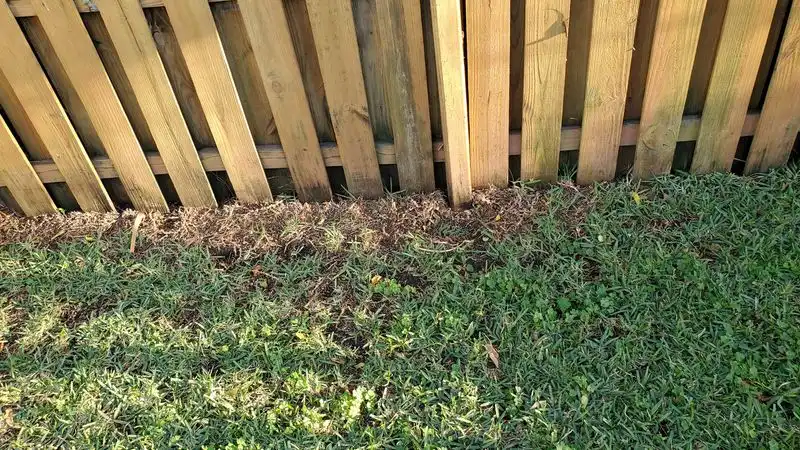
Different grass types vary in shade tolerance, a factor often overlooked. Growing shade-intolerant grass in shady areas results in thin, weak growth.
Choose grass varieties suited to the light conditions of your yard. Consider using shade-tolerant species for areas under trees or near structures.
Regular maintenance practices, like pruning overhanging branches, can improve light penetration. This approach fosters a healthier lawn that thrives in diverse conditions.
Inadequate Lawn Equipment Maintenance
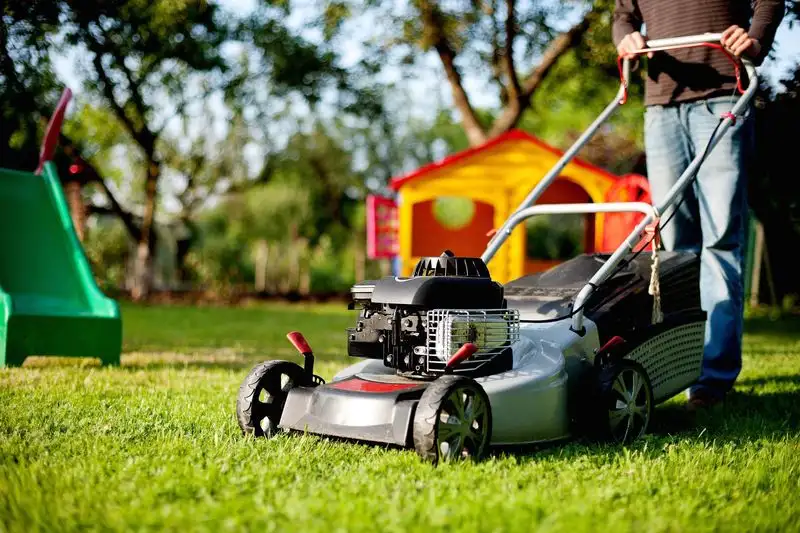
Reliable equipment is essential for effective lawn care, yet maintenance is frequently overlooked. Neglected tools lead to inefficient performance and subpar results.
Regularly clean and service lawn equipment to ensure optimal functionality. This includes sharpening blades, checking oil levels, and addressing wear and tear.
Investing time in equipment upkeep reduces frustration and enhances your lawn care routine. Well-maintained tools make a noticeable difference in achieving a pristine lawn.
Not Understanding Grass Types
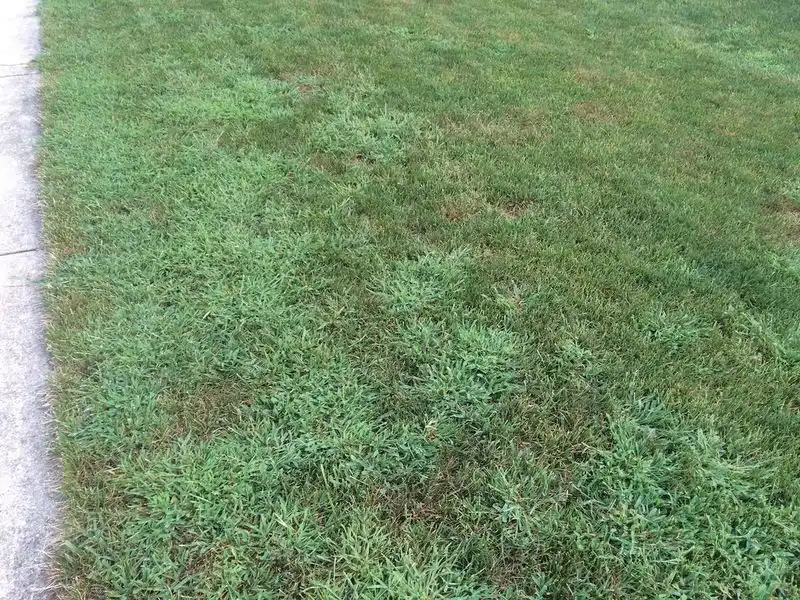
Different grass species thrive in various climates and conditions. Planting the wrong type for your region leads to poor growth and increased maintenance.
Learn about grass varieties suited to your local environment before planting. This knowledge helps you select species that will flourish with minimal intervention.
Consult gardening experts or local extension services for insights on the best grass types for your area. Choosing the right grass ensures a successful lawn with fewer headaches.
Neglecting Edges and Borders

Edges and borders are often forgotten, yet they significantly affect a lawn’s visual appeal. Neglecting these areas results in an unkempt appearance, detracting from the overall landscape.
Regularly trim and define edges using tools designed for precision work. Consistent attention to borders enhances your lawn’s aesthetics, creating a polished, intentional look.
Incorporate edging into your routine to complement your lawn care efforts. Neat, defined borders reflect a comprehensive approach to maintaining a beautiful outdoor space.

